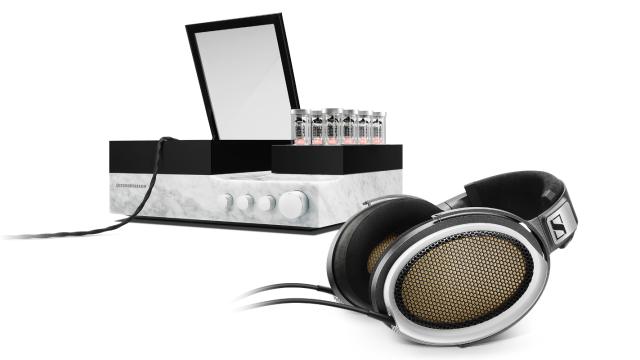In the ’90s, Sennheiser asked it engineers to make the best headphones ever and the result was 300 sets of the legendary Orpheus, each pair of which sold for $US16,000. Now, Sennheiser has created an ever better-sounding successor to those luxurious cans — but they will set you back $US55,000.
The reboot of the 25-year-old audiophile’s wet dream builds on the technology of the original. These headphones apparently took a team of Sennheiser experts almost a decade of continuous work to produce, and they update the electrostatic design and separate amplifier of the old Orpheus for the modern day.
For the uninitiated, the expense of these headphone stems largely form the fact that they’re electrostatic: they work by placing a static electric charge on a thin film that sits between two metal plates. Audio signal voltages cause the film — which typically weighs less than the air around it — to oscillate and produce sound. But because the film is so light, it doesn’t have its own resonances or damping issues, so it produces sound of amazing clarity. The first Orpheus headphones demonstrated that.
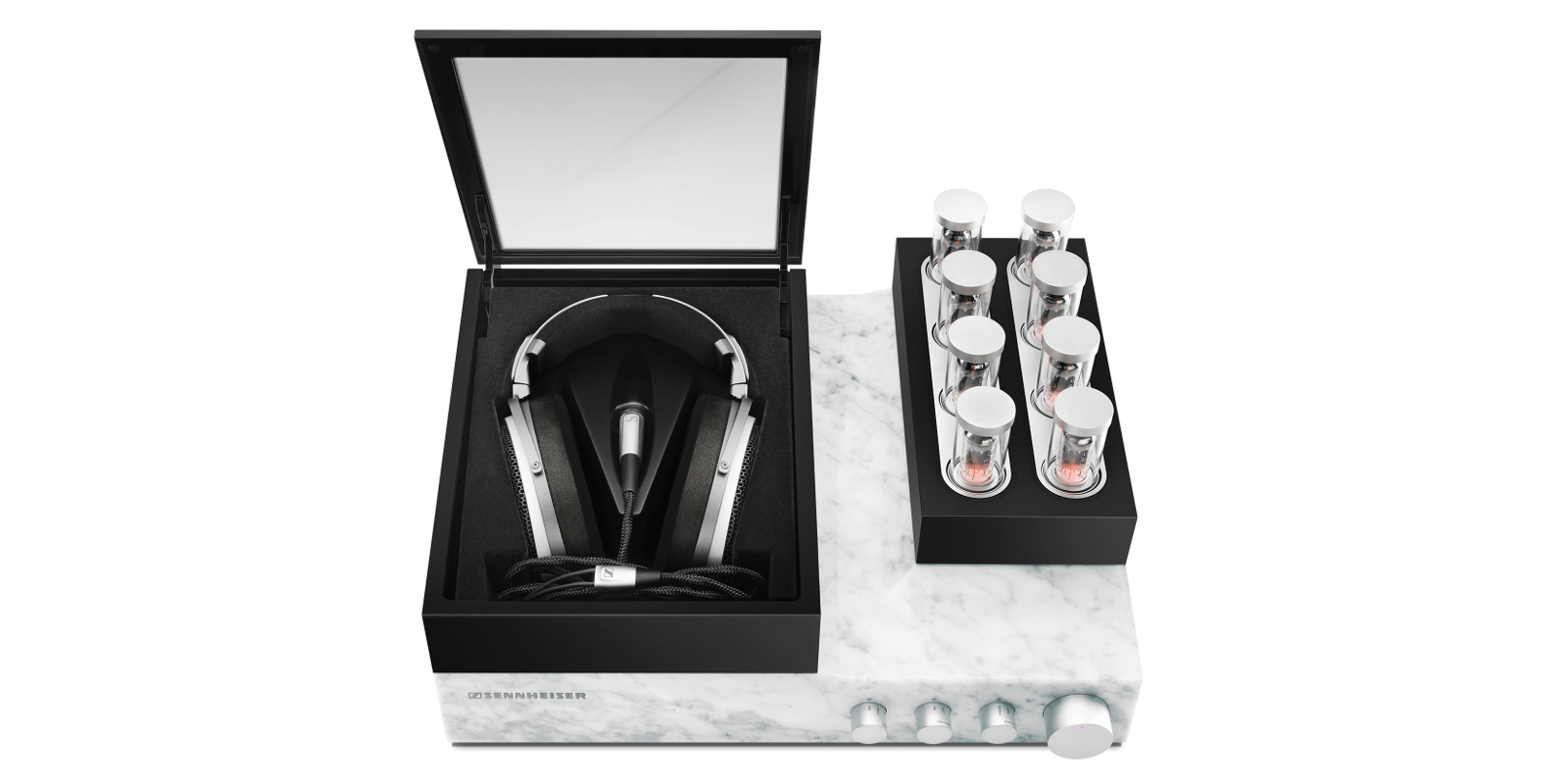
Starting with the amp, Sennheiser explains that it “combines the superior impulse processing of a tube amplifier with the low distortion of a transistor amplifier.” In practice, that means the amp features eight vacuum tubes that are freely suspended, atop a housing of thick Carrara marble. “The decoupling of the tubes in combination with the damping properties of the marble has the effect of reducing structure-borne noise to an absolute minimum,” explain the audio engineers in a press release.
The amplifier then drives an ultra-high impulse amplifier stage that’s integrated into the cups of the headphones. This skirts a major issue with most electrostatic headphones, which is that much of the power of the audio signal is lost in the cable between the amp and thin electrostatic film in the headphones themselves. Sennheiser explains that the amp here uses MOS-FET transistors that “have a square characteristic curve to prevent the hard distortion that occurs in amplifiers with bi-polar transistors.”
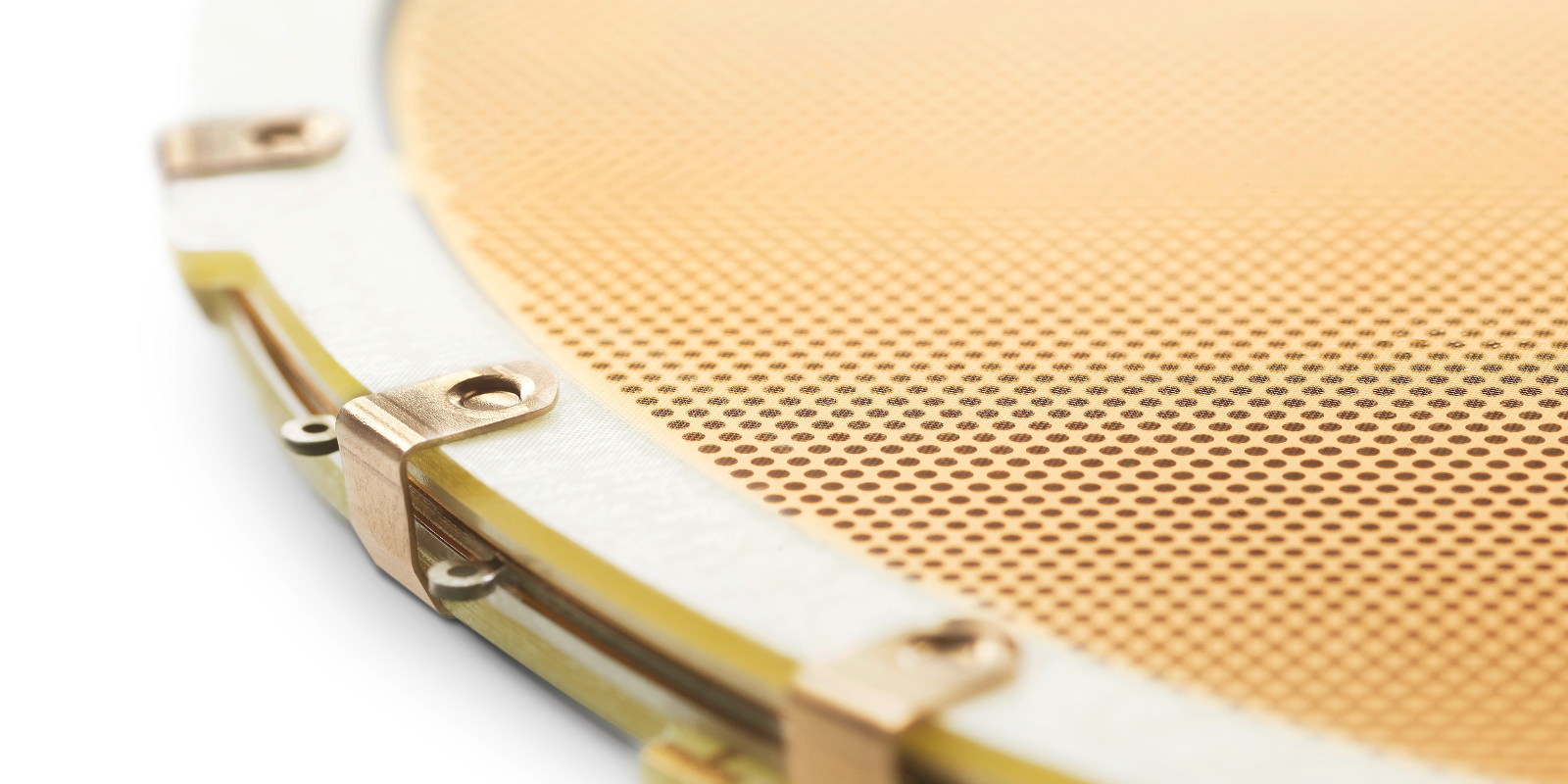
Then, we get to the part that actually produces the sound: a platinum-vaporised diaphragm that sits between two gold-vaporised ceramic electrodes. The diaphragms can’t be etched or drilled, and are instead created using spraying and grinding process before being coated with a layer of gold to make sure they conduct effectively. The resulting diaphragm is just 2.4 microns thick. The engineers point out that they could have gone thinner, but that 2.4 microns simply worked best.
It’s perhaps not surprising that the test of the hardware is high-grade, too. For instance, the cabling is all made of oxygen-free copper, plated with silver and sheathed in a variety of materials to eliminate noise. Meanwhile, digital music input is handles by an ESS SABRE ES9018 chip that uses eight internal DACs to convert audio data with a resolution of 32 bits and a sampling rate of up to 384 kHz.
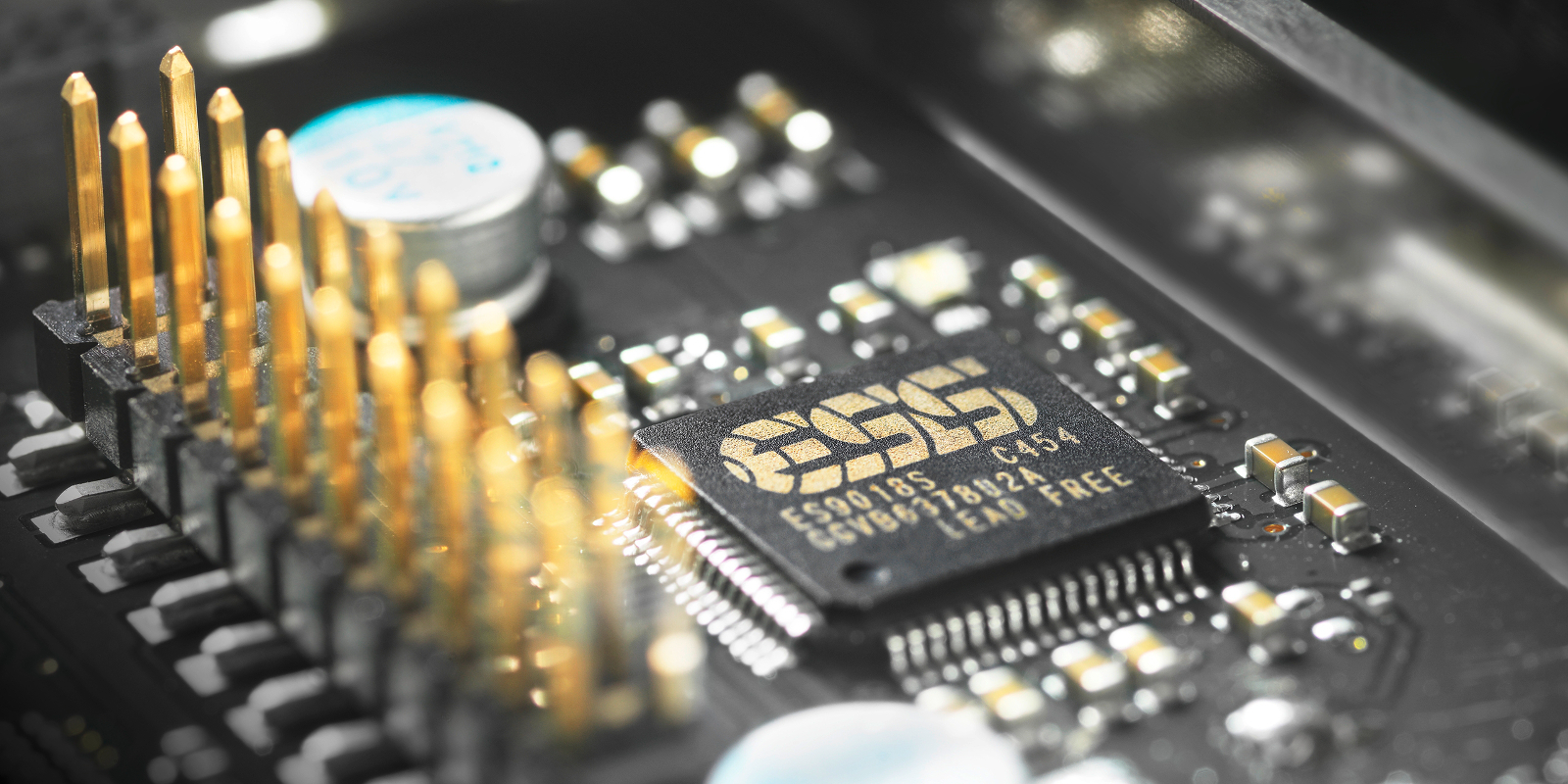
There’s also some serious pomp to the whole experience: when you press the on-off button, the controls and vacuum tubes rise out from the marble base, and a protective glass cover opens up to grant access to the headphones. The marble’s from Carrara in Italy — it’s the same type of material that Michelangelo sculpted with — while controls are milled from solid lumps of brass.
But enough of all this silly stuff. What the hell do they sound like?
Sadly, we’ve not been able to try a pair out yet, though we do have some specifications and the word of the engineers to go on. Sennehiser claims that the new Orpheus headphones have a a frequency response of 8 hertz to more than 100 kilohertz — far beyond what human ears are capable of hearing. That may seems like madness, but it helps Sennehsier ensure distortion is incredibly low in the audible range.
In fact, at 1 kilohertz and a sound pressure level of a hefty 100 decibels, Sennheiser claims the total harmonic distortion of the headphone system is 0.01 per cent. That is all but insane, and it likely makes this set of headphones on the cleanest-sounding audio products ever made.
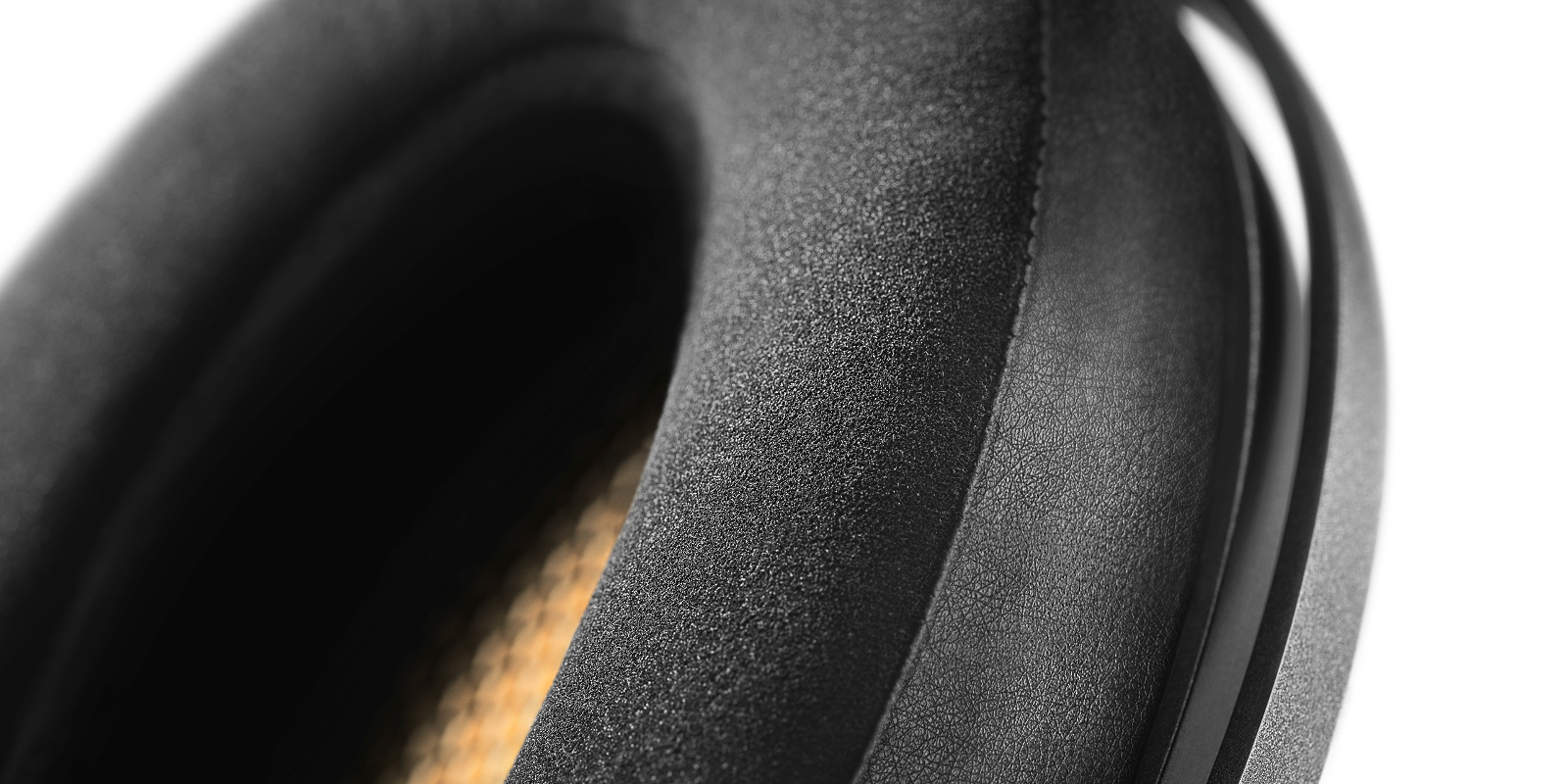
In terms of how that sounds to the human ear, Sennheiser’s Axel Grell explains that “in some music pieces that I had known for years, I suddenly became aware of details which I had never perceived before. I found this really moving.” They do no doubt sound wonderful, and we can barely conceal our excitement at trying them out in real-life, especially given how impressive the original Orpheus headphones were.
But the price. Oh, the price. When the reference products — for that’s what this is, rather than a consumer product — goes on sale in mid-2016, it will cost a staggering $US55,000. You could buy a very nice car for that amount of money. Perhaps even property. Perhaps even one of each if you shopped around hard enough.
Or, if you really, really appreciate high-fidelity audio, you could buy a pair of headphones. Your call.
